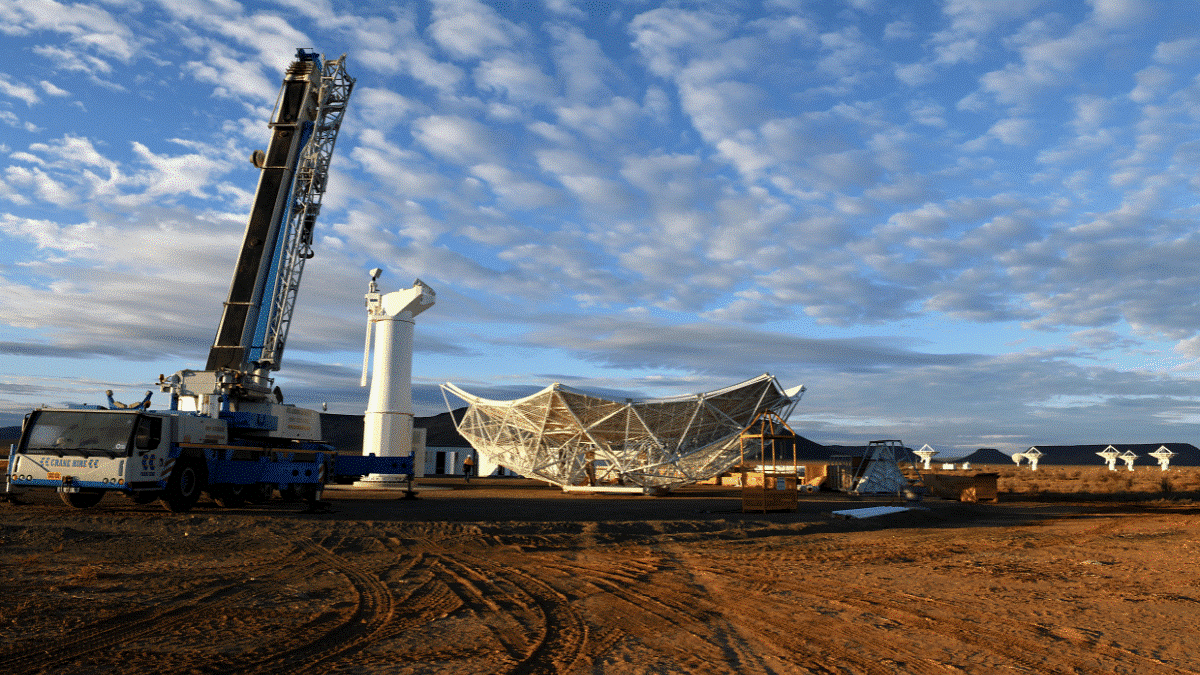Free Courses Sale ends Soon, Get It Now


Free Courses Sale ends Soon, Get It Now



Disclaimer: Copyright infringement not intended.
Context
India will be providing Rs 1,250 crore to the multinational Square Kilometer Array (SKA) project, whose telescope arrays or groups of telescopes will be built in Australia and South Africa.
Details
Project Background
Structure and Operations
Technical Aspects
Financial and Membership Information
India's Contribution:
Scientific Objectives
About telescopes
Types of Telescopes:
Optical Telescopes:
Visible Light Telescopes:
Infrared Telescopes:
Non-Optical Telescopes:
Radio Telescopes:
Microwave Telescopes:
X-ray Telescopes:
Ultraviolet Telescopes:
Gamma-Ray Telescopes:
Components of a Telescope:
How Telescopes Work:
Significance and Applications:
Top 10 telescopes on Earth:
Other Notable Telescopes and Their Contributions:
|
PRACTICE QUESTION Q. Which of the following telescopes operates using a technique that involves the detection of cosmic rays and their impact on the Earth's upper atmosphere to indirectly observe celestial objects? A) Exoplanet Exploration Telescope B) Neutrino Detection Telescope C) Cherenkov Telescope Array D) Gravitational Wave Observatory Correct Answer: C) |
© 2024 iasgyan. All right reserved